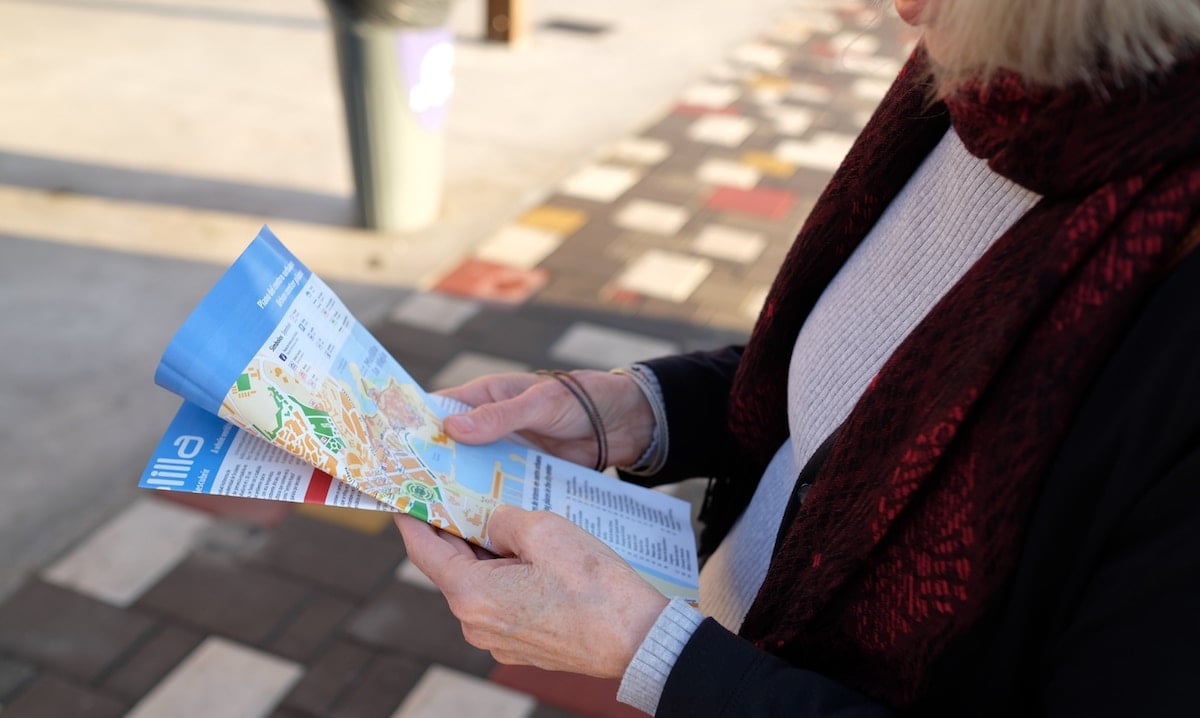To get tours and activities to market, 21st century tour and activity operators need some seriously savvy marketing strategies to capture the attention of local and international travellers alike. This is where online travel agents (OTAs) can step in.
When we think of OTAs, we tend to think of industry giants like Viator, GetYourGuide, Trip.com and Klook. However, there are a lot of smaller and more niche sites that offer operators more targeted penetration into specific customer segments based on consumers' demographics or lifestyles.
In this article, we'll talk about the pros and cons of working with OTAs, what operators should think about when it comes to their distribution strategy, alternative distribution strategies they should consider and what role OTAs will play as travel slowly recovers.

Benefits of working with OTAs for distribution
1. Exposure to key markets
The resellers you choose to work with should depend on the customers you're trying to reach. The right resellers should get you closer to your intended audience or even help open up new markets for your business.
For instance, you could partner with market-specific OTAs to gain exposure to a specific consumer, for example listing your tours Klook to reach the Asian market, or sell your tours on niche reseller sites TrekHunt that specifically target outdoor adventure enthusiasts.
There are plenty of options out there and operators need to find a reseller who matches your long-term business objectives.
2. Potential for more business
Forward thinking operators tend to use resellers to gain new customers and systematically follow-up on new bookings to upsell customers, or stay in touch with them after the tour to encourage repeat bookings.
Working with OTA sites can also be great if they take on the post-tour review process, where they email customers on your behalf to ask for reviews of their experience with you. Reviews can be powerful for operators to attract new customers as well.
The caveat here is that you need to already have a clear marketing strategy and working with OTAs is not your only strategy, but part of your overall strategy.
3. Value-added services
Given that OTAs only make money when you get a booking, it is in their interest for your products perform well on their site. With this in mind, consider getting in touch with your account manager to ask for advice on how to optimise your product listing.
More niche marketplaces like Swiss Activities not only help operators optimise their listings by rewriting product content where necessary, they also ensure that product content is translated into German, Italian, French, and English to meet the needs of their target audience. Klook and Musement also offer this service and you can use the translated content on other sales channels too.
4. It's easier than ever to share your inventory with resellers
Booking systems like TrekkSoft offer TrekkConnect, a channel manager, that makes it easier for you to connect with OTAs, upload tour prices, schedules and content, and manage bookings and cancellations from these channels.
With TrekkConnect, our users can get connected and live on a new marketplace in just a matter of minutes.

Drawbacks of working with OTAs
1. You risk becoming too dependent on external parties for new bookings
When TripAdvisor still owned Viator, it wasn't uncommon for companies to suffer a huge dip in bookings whenever the OTA decided to change their algorithm. There was also evidence, for a while, that suppliers using Bokun (a booking system acquired by TripAdvisor back in 2018) had received preferential treatment by having their products appearing first.
All this is to say that operators should not put all their eggs in one basket and rely solely on one or two channels to bring in bookings, especially for sales channels they do not own.
2. Not all resellers want to work with you
Some distribution channels can be incredibly picky when it comes to working with tour and activity operators. The reason is simple: resellers do not want to work with products that don't sell.
To avoid this, you need to do your research. Find out who your resellers sell to and what their customers want. If there is alignment between their target market and your target market, then it is worth looking into tweaking your products to suit their marketplace requirements.
3. OTA market share is dropping
Arival surveyed almost 700 operators globally for their Recovery Survey and reported that OTAs as a percentage of sales fell from 33% in 2019 to 31% in 2020. In the same period, sales on operator sites jumped from 36% to 40%.
While the verdict is still out about whether the drop will continue, Arival attributes this drop to the shift in consumption habits. Most travellers in 2020 booked domestic experiences and therefore "may have less need for OTAs to discover experiences and activities nearby".
Travellers also had to plan and book in advance, and regularly check with operators about opening times and the latest health and safety measures. "Many operators, especially attractions, are requiring online booking in advance to manage capacity due to governmental regulations on capacity limits," Arival reports.
Striking the right distribution balance
Commission rates were eating into profit margins
Prior to the pandemic, we saw OTA commissions begin to mimic the hospitality sector, where rates were hitting 40% to 45% per hotel booking.
Popular sites like Viator and GetYourGuide were charging commissions of 20% to 30% per booking, leaving operators wondering if they should take on the direct marketing and customer acquisition costs themselves.
On top of that, we also saw that most OTAs required operators to list their "best price" (aka the lowest price) on the reseller's site, offering no incentive for customers to book directly with the operator, where customer acquisition costs could be lower.
Here's an example to illustrate:
| Sales channel | Own website | Reseller with 20% commission |
| Tour cost | €50 | €50 |
| Customer acquisition cost | 15% of tour price (€15) | 25% of tour price (€25) |
| Listed tour price | €100 | €100 |
| Revenues | €35 | €25 |
Of course, the example above has been simplified. Here are some other factors to consider when figuring out how to balance your distribution:
- How does this partnership impact customer acquisition costs? Is it better to pay the OTA to do the marketing for you? Or are you better off going at it on your own?
- What customer segment does this OTA bring in? Are they reaching a segment you can reach on your own?
- For customers that book via OTAs, do you have systems in place to upsell them or encourage repeat bookings?
- Can you really afford the "best price" guarantee?
- What proportion (%) of your availability will you offer this OTA instead of another? What about the proportion offered to your other sales channels? How will it impact overall cashflow?
Read more: How much commission should you pay for distribution?
Alternative distribution channels
Apart from OTAs, there are plenty of other ways to distribute your products that might get you more bang for your buck.
Apart from your own website, here's a list of potential distribution partners you could work with and offer them a commission in exchange for a booking:
- Local accommodation providers
- Local attractions
- Visitor information centres
- Affiliate marketing with bloggers or popular websites
Learn more by catching the replay of "Building long-term and profitable partnerships with travel partners" with Outdoor Interlaken's co-founder Jon Fauver.
The future for OTAs
Frankly, OTAs are not going anywhere. Amidst the pandemic in 2020, GetYourGuide secured a whopping €114 million and earlier this year, Klook raised $200 million to become the next super app for experiences.
Based on previous recessions, Arival also notes that OTAs have been at the forefront of travel's recovery. "We expect this to be no different as travel recovers in 2021 and 2022," writes Douglas Quinby.
"Operators, hungry for new business, will seek to add distribution partners and get bookings wherever possible. A majority of survey respondents – 60% – said they expect OTAs to grow faster and become more important in the rebound."
Want to know how TrekkSoft can support your distribution strategy?




